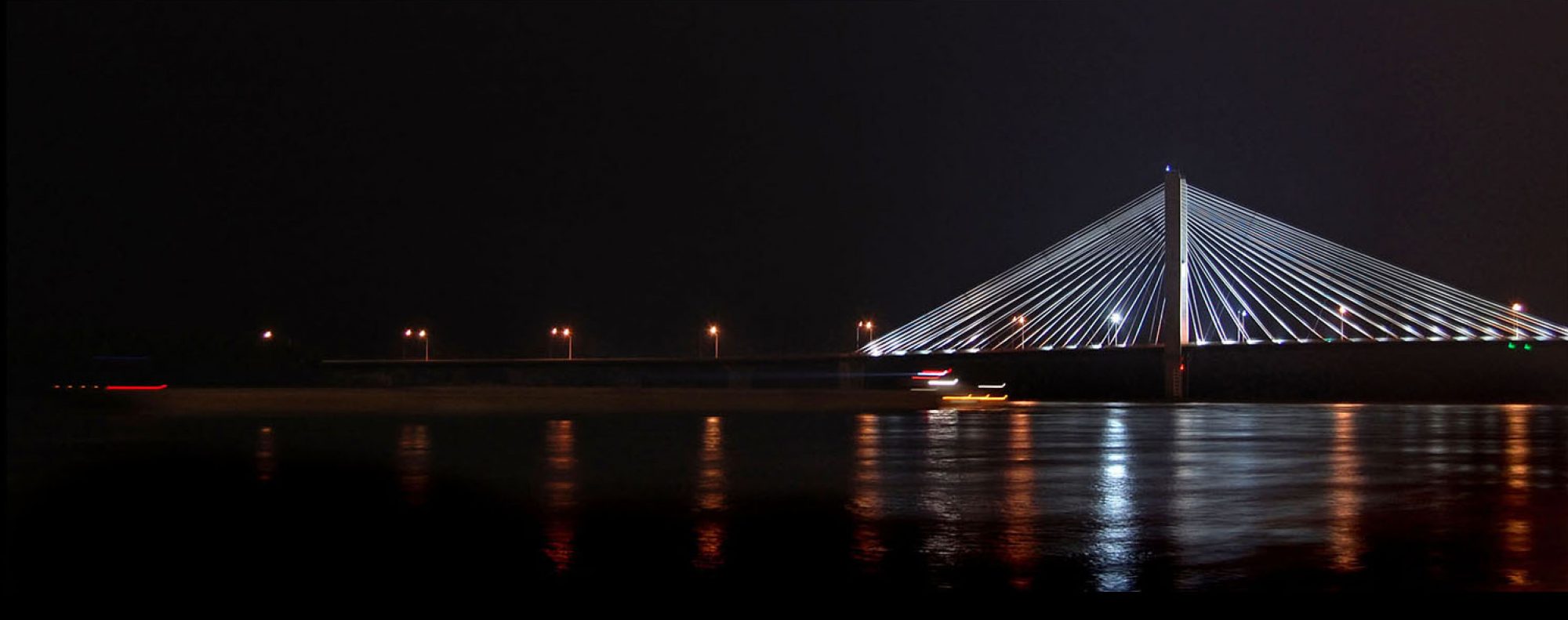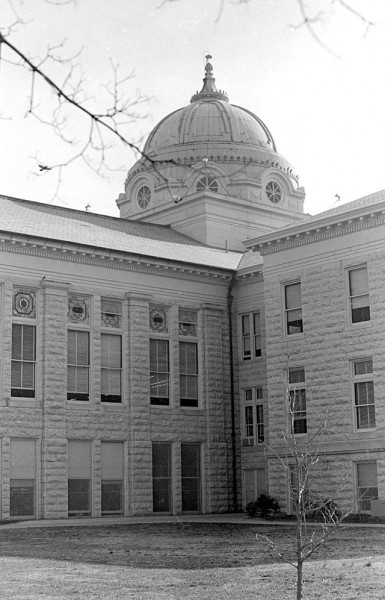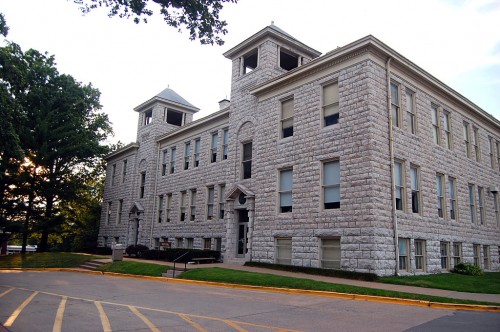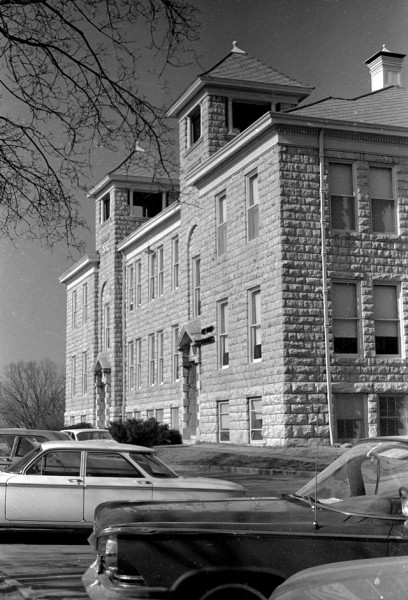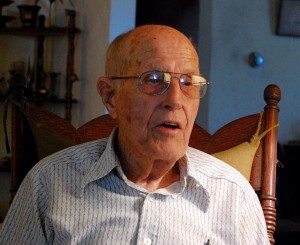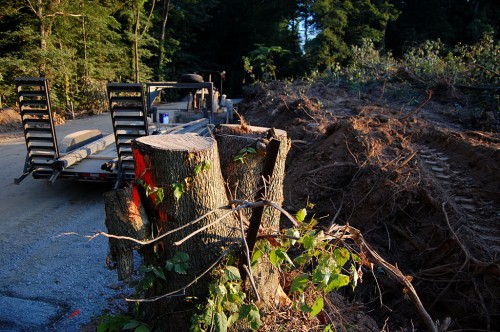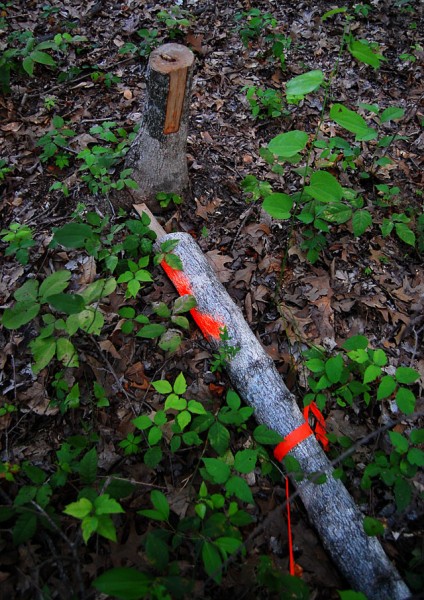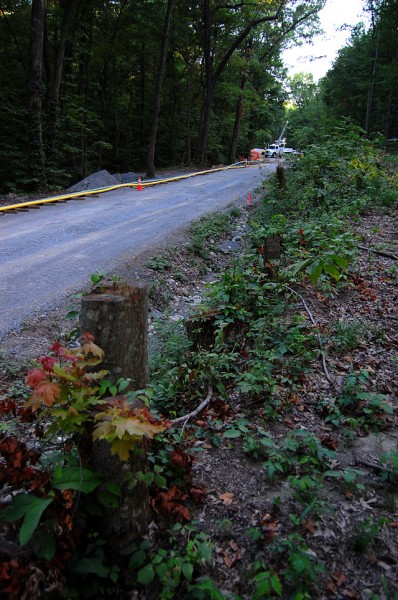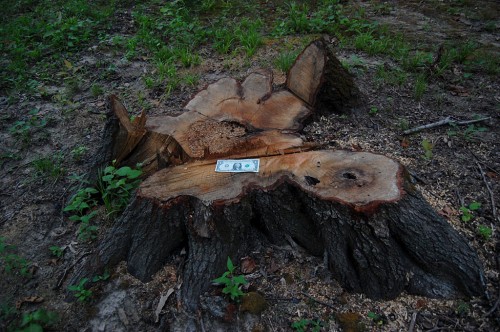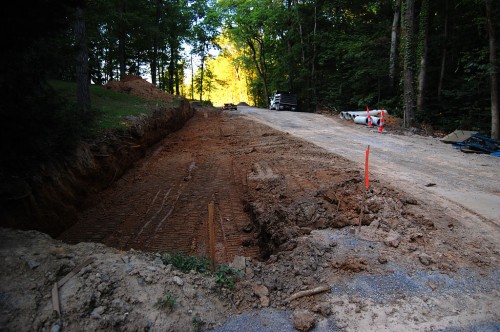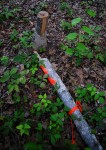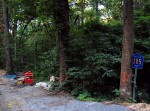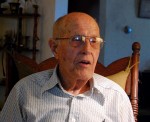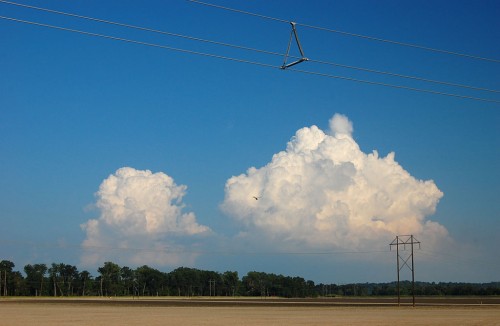 I’m not happy to be looking at car payments again, but I’m glad I’m not somewhere down around the Georgia – Florida line. I’ve had a productive Friday and Saturday, although not in the way I had planned.
I’m not happy to be looking at car payments again, but I’m glad I’m not somewhere down around the Georgia – Florida line. I’ve had a productive Friday and Saturday, although not in the way I had planned.
Friday afternoon, just about the time I was supposed to be heading over to Kentucky Lake for the first leg of my trip back home, I got a call from a fellow who thought he might have been a kid in some photos I shot back in 1966 or ’67. I’ve been chasing wild geese all week trying to get some leads on this. We made arrangements to meet at 5 p.m. After we decided he was going to help me track down a bunch of other folks on my next visit, I had some time to kill.
I headed down to see how much water had been pumped out of the cement plant quarry, but decided instead to cut down Old Hwy 61, which is east of I-55 and deadends at a boat ramp at the Diversion Channel. Yesterday was the first day I noticed that it wasn’t under water. It’s amazing what a few days will do. These fields had three or four feet of water on them when I hit town a month ago. (Click on any photo to make it larger.)
Ed and Melinda Roberts
 Right after shooting this, I met Ed and Melinda Roberts of Jackson catching bait for their trotlines. We talked for a bit, then they invited me to go out the Diversion Channel and up the Mississippi River to set out the lines. I’ll be posting two days of photos from that excursion: one on them fishing and the other on the the beauty of the waterway.
Right after shooting this, I met Ed and Melinda Roberts of Jackson catching bait for their trotlines. We talked for a bit, then they invited me to go out the Diversion Channel and up the Mississippi River to set out the lines. I’ll be posting two days of photos from that excursion: one on them fishing and the other on the the beauty of the waterway.
CT lands in Cairo
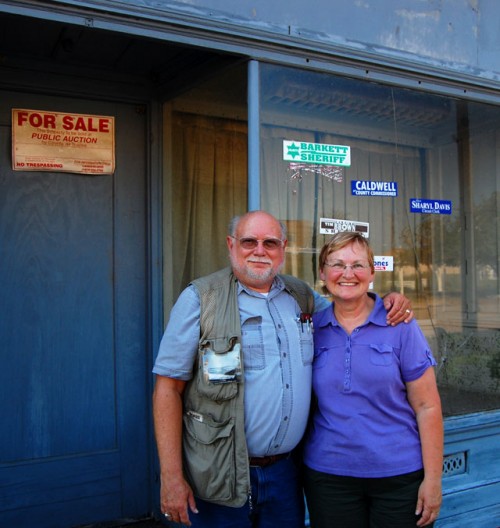 Then, to top it all off, I got a Facebook message from CT, a reporter I worked with at The Ohio University Post, saying she was visiting her brother in Paducah, had become interested in Cairo after seeing my photos and was planning on a day trip there. I quickly made arrangments to meet her and her four brothers in town. It was the first time we had seen each other since the late 70s. I’ll have more on that reunion in the next few days.
Then, to top it all off, I got a Facebook message from CT, a reporter I worked with at The Ohio University Post, saying she was visiting her brother in Paducah, had become interested in Cairo after seeing my photos and was planning on a day trip there. I quickly made arrangments to meet her and her four brothers in town. It was the first time we had seen each other since the late 70s. I’ll have more on that reunion in the next few days.
(I call her CT because her real name is Carol Towarnicky, a name I could never remember how to pronounce when I was introducing her to a subject. It usually came out some variation of TwarkNarky or something equally awkward.) Her brother shot this with my camera. I may have half the hair I had when she last saw me, but I am, otherwise, twice the man (in girth and weight). She was kind enough not to point that out. I knew there was a reason I liked her.
All in all, it was a better time to be in Cape than on the road. Tuesday morning, though, I have to be at the Cape airport to catch a Cape Air flight to St. Louis at 5:15. It’s not like the old Ozark days when you’d call to ask when the next flight to St. Louis was and they’d answer, “What time can you make it?”
